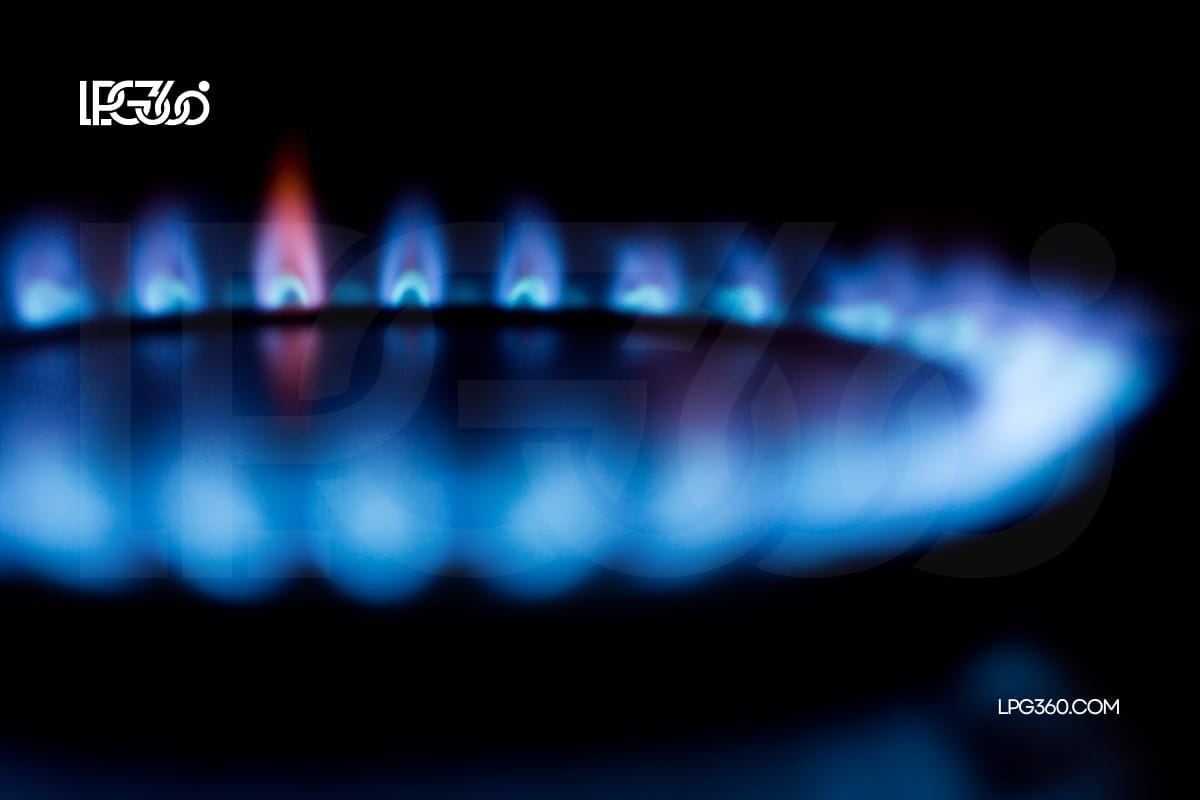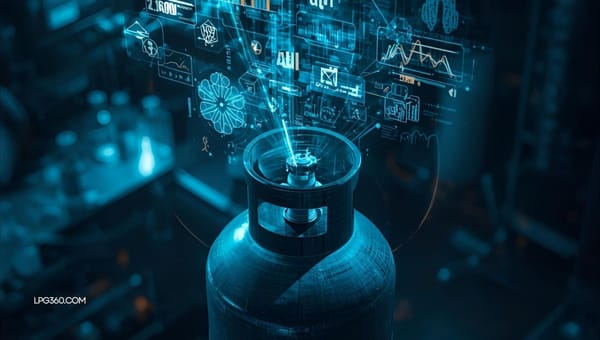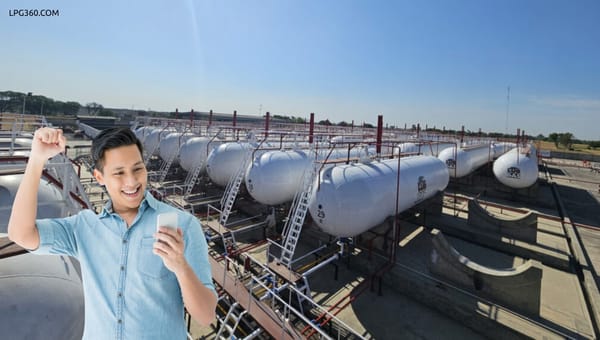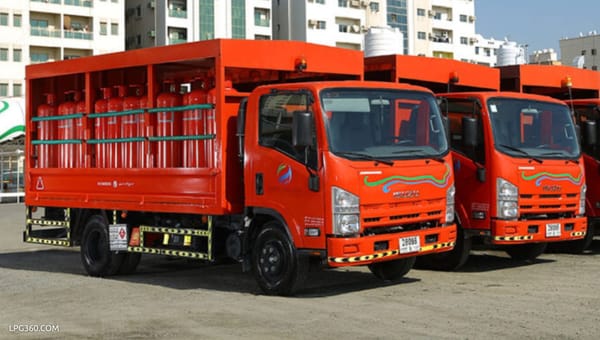LPG Storage and Handling Best Practices
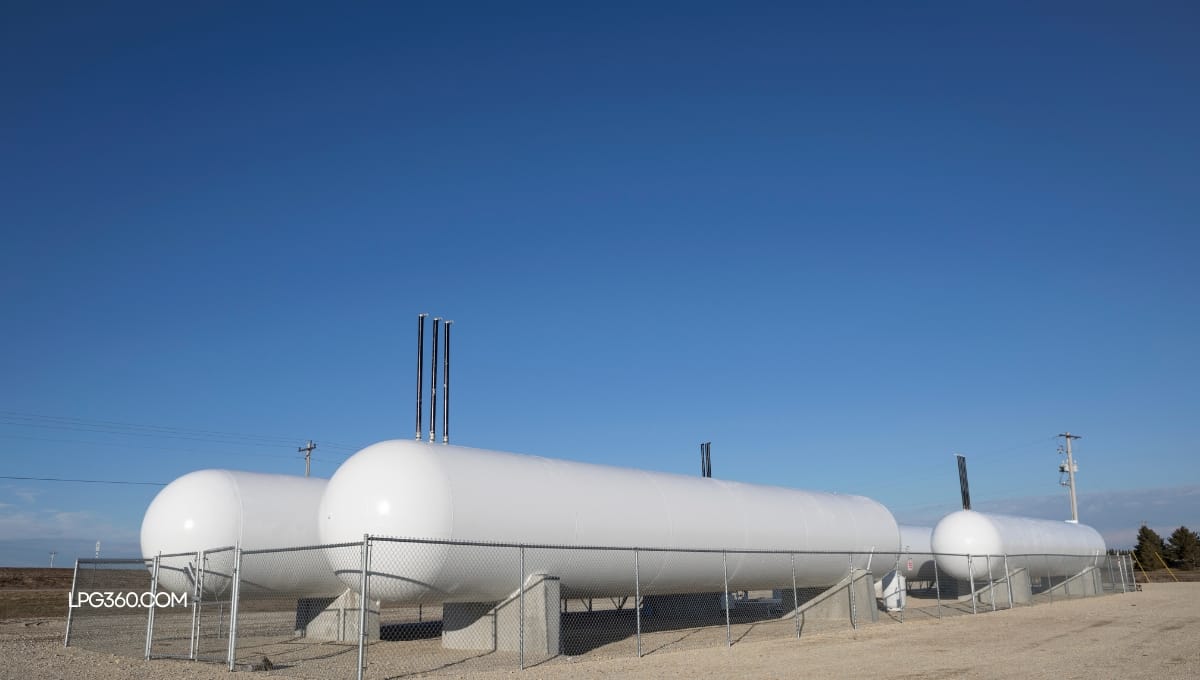
Liquefied Petroleum Gas (LPG) is a safe and efficient energy source when handled and stored correctly. Adhering to best practices in LPG storage and handling is paramount to prevent accidents, ensure operational efficiency, and comply with safety regulations. This blog outlines key guidelines for the safe and effective management of LPG.
Essential Guidelines for Safe LPG Storage and Handling:
- Proper Tank Installation and Siting
The installation of LPG storage tanks must comply with local regulations and manufacturer guidelines. Tanks should be placed on a level, non-combustible surface, away from potential ignition sources, and with adequate ventilation. Proper spacing between tanks and buildings is crucial to minimize risks in case of emergencies. Regular inspections of tank foundations and supports are also essential.
- Safe Filling and Transfer Procedures
Strict protocols must be followed during the filling and transfer of LPG. This includes using certified hoses and connections, ensuring proper grounding to prevent static electricity buildup, and never overfilling tanks. Trained personnel should always supervise the transfer process, and procedures should include emergency shutdown protocols. Regular inspection of filling equipment is vital.
- Ventilation and Leak Detection Systems
Adequate ventilation is crucial in areas where LPG is stored or handled to prevent the accumulation of flammable vapors. Installing and regularly maintaining reliable leak detection systems is also essential. These systems provide early warnings in case of leaks, allowing for prompt action to mitigate potential hazards. Regular testing of these systems is a must.
- Emergency Preparedness and Response
Comprehensive emergency preparedness plans are vital for any facility handling LPG. These plans should include procedures for fire suppression, leak control, evacuation, and first aid. Regular emergency drills should be conducted to ensure that personnel are familiar with the procedures and can respond effectively in case of an incident. Clearly marked emergency exits and firefighting equipment are mandatory.
- Regular Inspection and Maintenance of Equipment
All LPG storage and handling equipment, including tanks, valves, pipelines, regulators, and safety devices, must undergo regular inspection and maintenance. This includes checking for corrosion, leaks, damage, and proper functioning. A documented maintenance schedule should be followed, and repairs should be carried out by qualified technicians.
- Training and Awareness for Personnel
Comprehensive training programs for all personnel involved in LPG storage and handling are essential. This training should cover safe operating procedures, emergency response, hazard identification, and the proper use of safety equipment. Regular refresher courses and safety awareness campaigns help maintain a high level of safety consciousness.
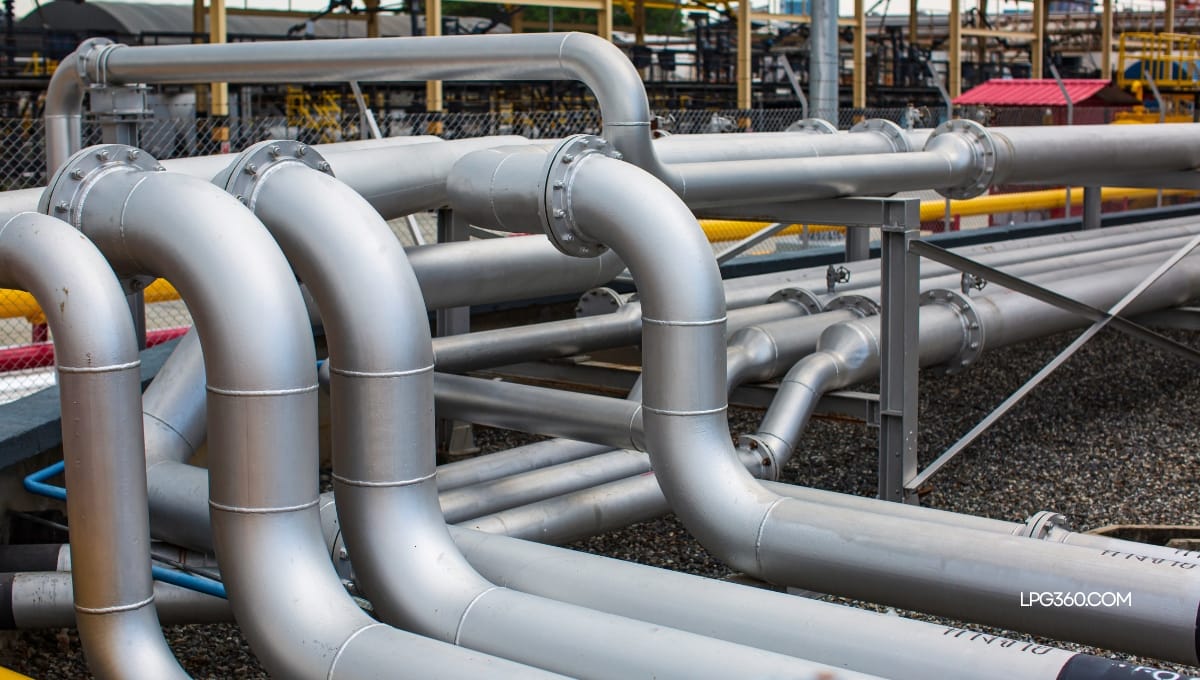
Conclusion: A Culture of Safety in LPG Management
Adhering to best practices in LPG storage and handling is not just a regulatory requirement; it's a fundamental responsibility. By prioritizing safety through proper installation, safe transfer procedures, effective leak detection, emergency preparedness, regular maintenance, and thorough training, we can ensure the safe and efficient utilization of this valuable energy resource.
#LPG #LPG360 #LPGStorage #LPGHandling #LPGSafety #BestPractices #TankInstallation #SafeFilling #LeakDetection #EmergencyResponse #EquipmentMaintenance #PersonnelTraining #HazardPrevention #SafetyRegulations #LPGManagement #IndustrialSafety #GasSafety #EnergySafety #SafeOperations #RiskManagement #Compliance #LPGIndustry
